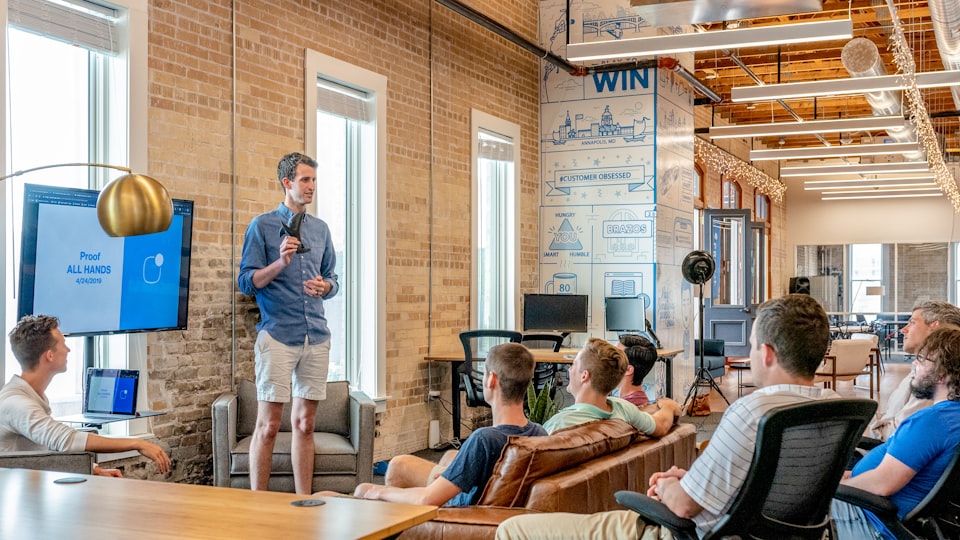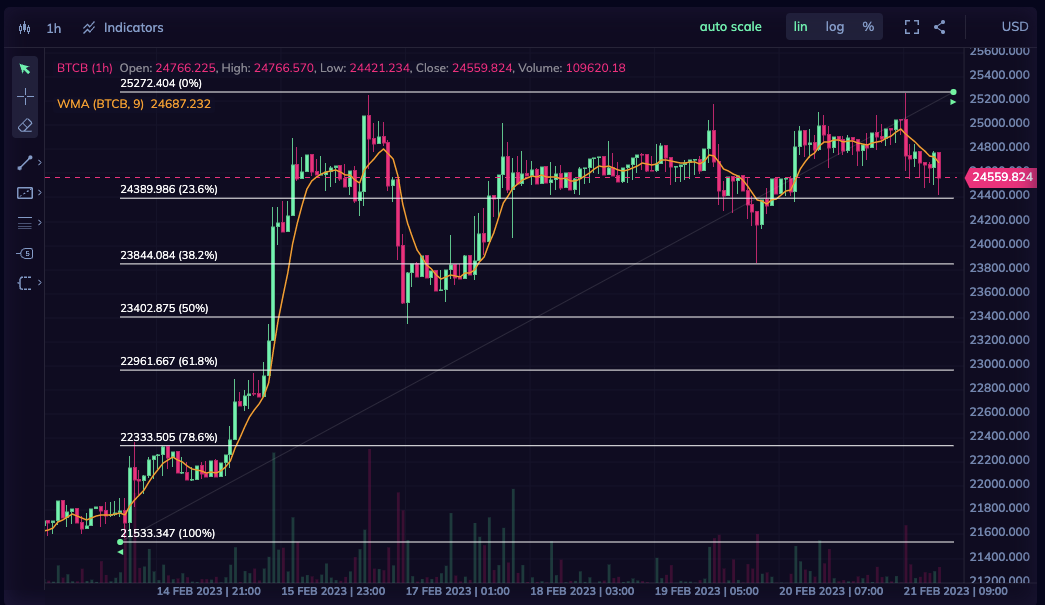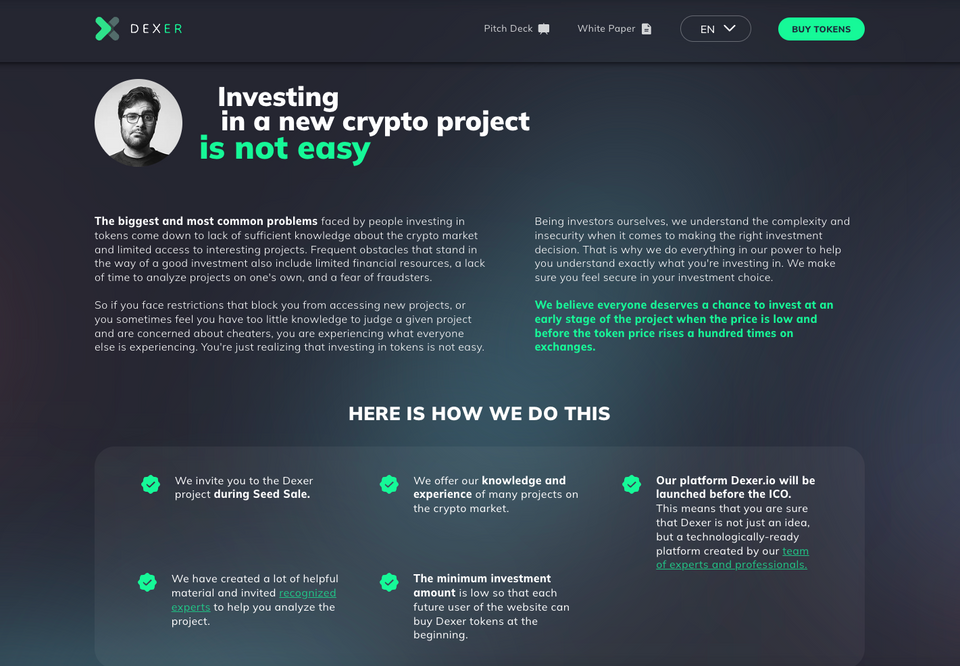What is a Mining Pool?
A mining pool in the world of cryptocurrency is a group of miners who pool their resources together to increase their chances of finding blocks and earning rewards.

A mining pool in the world of cryptocurrency is a group of miners who pool their resources together to increase their chances of finding blocks and earning rewards. In this article, we will explore the history of mining pools, how they work, and how you can earn on them.
What is a Mining Pool?
Before diving into the history of mining pools, let's first define what they are. In cryptocurrency mining, the process of creating new blocks and verifying transactions is done by solving complex mathematical problems. Miners use powerful computers to solve these problems, and when they successfully find a block, they are rewarded with a certain amount of cryptocurrency.
However, the chances of an individual miner finding a block are very low, especially with the increasing difficulty of mining algorithms. Mining pools were created as a solution to this problem, where multiple miners combine their computing power to increase their chances of finding blocks and earning rewards.
History of Mining Pools
The first mining pool, Slush Pool, was created in 2010 by Marek Palatinus, also known as Slush. At the time, Bitcoin mining was still in its early stages, and the difficulty of mining was low enough that individual miners could still be profitable. However, as the difficulty increased, it became clear that mining in a pool was the best way to earn consistent rewards.
Since the creation of Slush Pool, many other mining pools have emerged, including some of the largest in the industry such as F2Pool and Antpool. Today, mining pools are an essential part of the cryptocurrency ecosystem, and many miners rely on them to earn a steady income.
How does a mining pool work?
In a mining pool, miners combine their computing power to increase their chances of finding blocks and earning rewards. When a block is found, the rewards are distributed among the members of the pool based on their contribution to the pool's computing power. This ensures that every member of the pool receives a fair share of the rewards, even if they didn't directly find the block.
To join a mining pool, miners need to connect their mining hardware to the pool's mining software using their unique pool account details. Once connected, the mining pool will assign work to the miner's hardware, and any rewards earned will be credited to the miner's pool account.
How to Earn on a Mining Pool
To earn on a mining pool, miners need to contribute computing power to the pool. This can be done using dedicated mining hardware, such as ASICs or GPUs, which are designed specifically for cryptocurrency mining.
Once connected to a mining pool, miners will earn a share of the rewards based on their contribution to the pool's computing power. The more computing power a miner contributes, the greater their share of the rewards will be.
It's worth noting that mining pools charge a small fee for their services, usually around 1-2% of the rewards earned. This fee covers the cost of running the pool's mining software and servers.
Conclusion
Mining pools are an essential part of the cryptocurrency ecosystem, providing a way for miners to combine their computing power and earn consistent rewards. While mining pools are not without their drawbacks, such as the centralized control they can provide, they remain a popular way for many miners to earn cryptocurrency.
If you're interested in mining cryptocurrency, joining a mining pool may be a good way to get started. Just be sure to do your research and choose a reputable pool with a proven track record of reliability and fair reward distribution.




